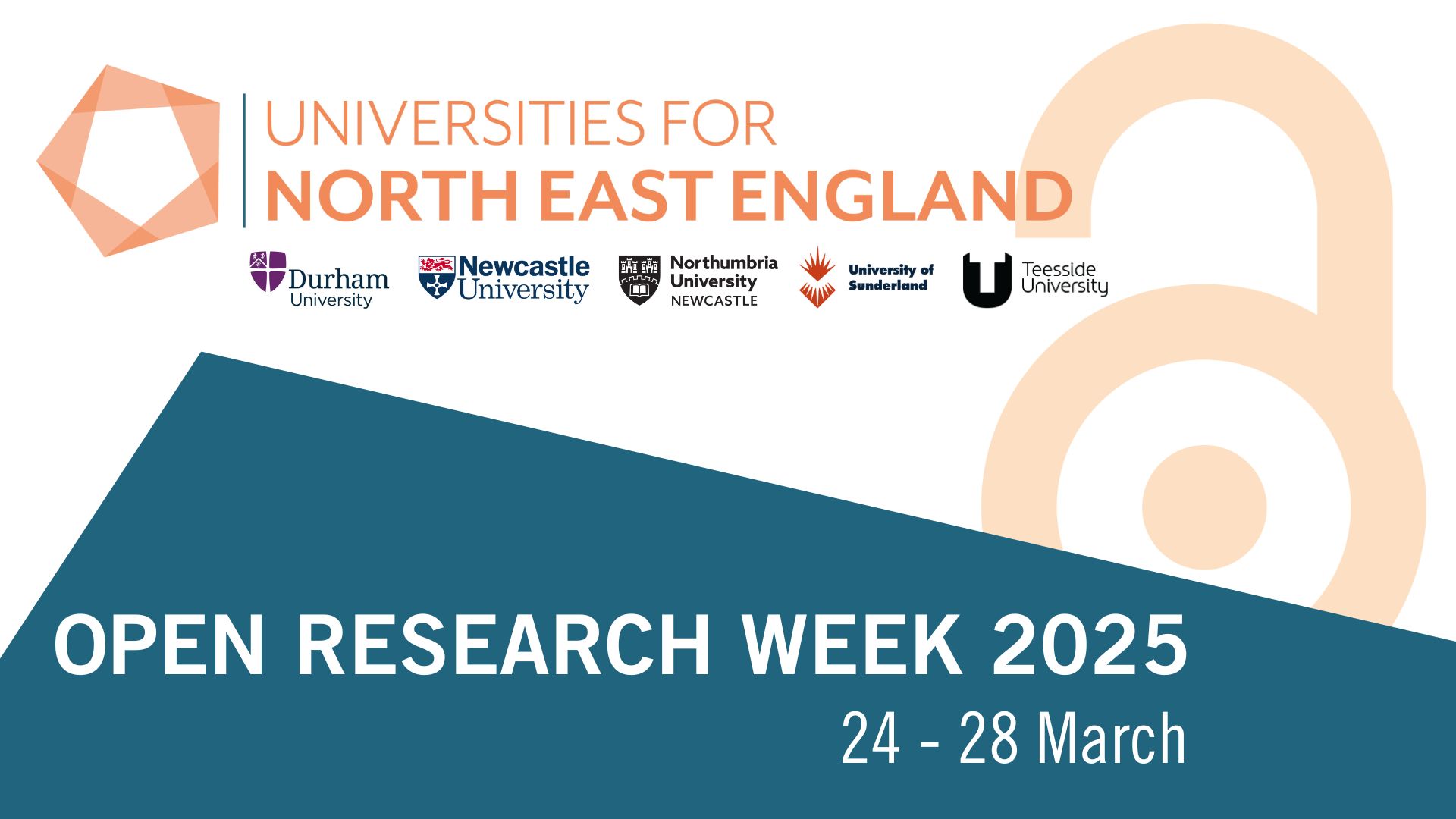Members of the Library Research Services (LRS) team continue to be on hand to support you with any Open Research, Research Data and Open Access training and queries you might have. Get in touch at lrs@ncl.ac.uk.
Coming up in the following months:
September
- 18 Sept Open Access Drop-In! 12.00-12.30 (teams)
October
- 7 Oct Introduction to Writing a Data Management Plan 11.00-13.00) (in person) (future dates: 12 February, 25 March)
- 14 Oct Open Access Drop-In! 12.00-12.30 (teams)
- 16 Oct ReproducibiliTea 12.00-13.00 (in person or on teams)
- 22 Oct Computational Reproducibility 13.00-16.00 (in person)
November
- 6 Nov Open and Reproducible Qualitative Research 14.00-16.00 (teams)
- 7 Nov Developing Your Academic Publishing Strategy 10.00-12.00 (in person) (future date: 26 February)
- 10 Nov Open Access Drop-In! 12.00-12.30 (teams)
- 13 Nov Open Access for Research Publications 13.30-15.00 (in person)
- 20 Nov Open Data and Reproducible Research 14.00-16.00 (teams)
- 24 Nov Newcastle University Open Research Awards for 2025. Open for submissions from now, until 7 November. Find out more and apply!
Check out the library calendar for further courses and dates in 2025/2026.
Photo by Jeremy Thomas on Unsplash




